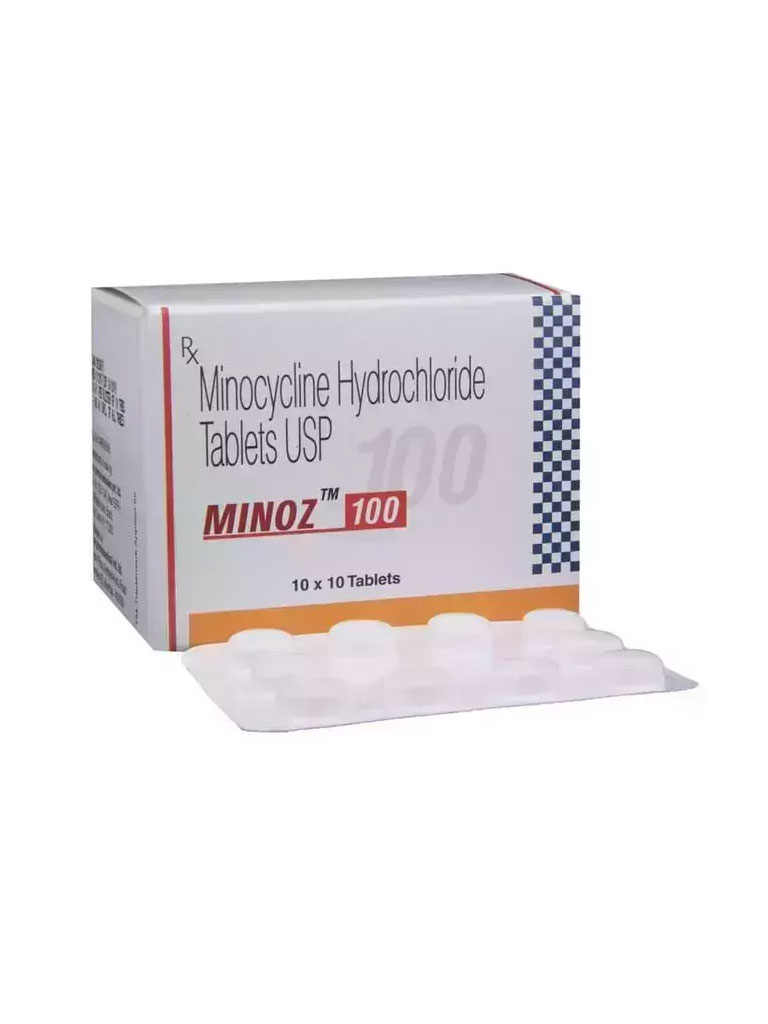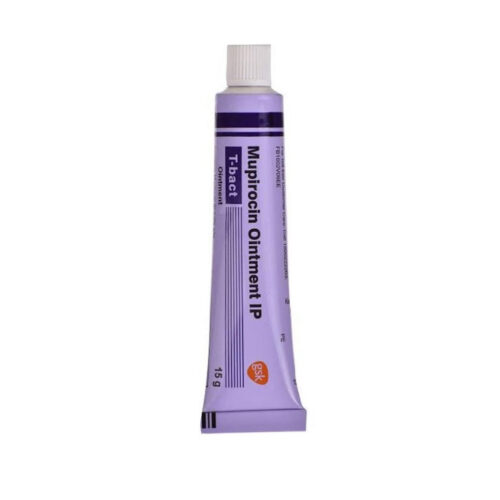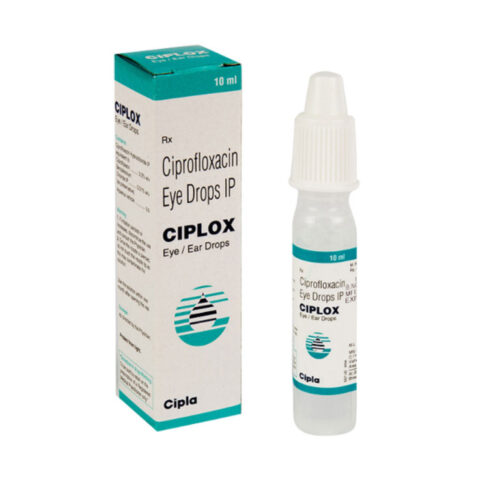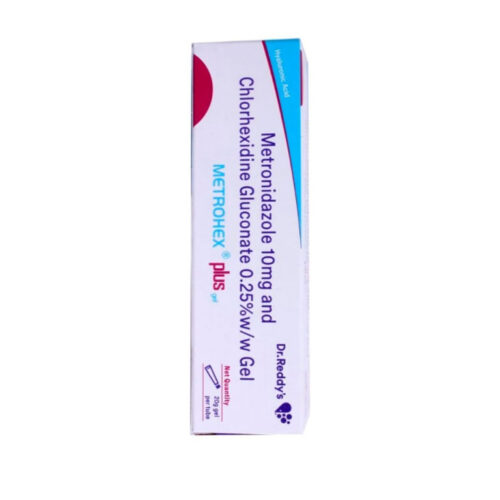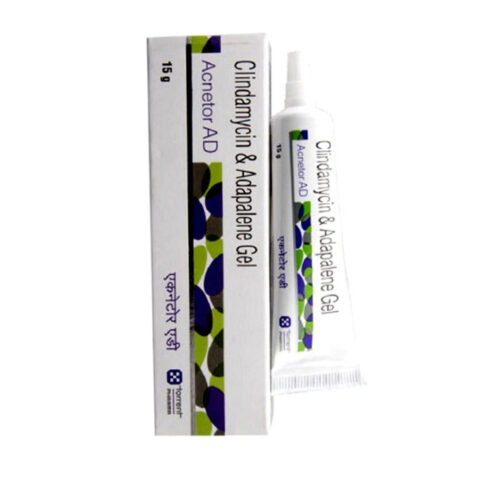Description
What is Minocycline 45mg / 50mg / 65mg / 100mg Tablets Minocin Generic | Minoz®
Minocycline, sold under the brand name Minocin Dynacin, Solodyn among others, is a tetracycline antibiotic used to treat a number of bacterial infections such as pneumonia. It is also used for the treatment of acne and rheumatoid arthritis.
Common side effects include nausea, diarrhea, dizziness, allergic reactions, and kidney problems. Serious side effects may include anaphylaxis, a lupus-like syndrome, and easy sunburning. Use in the latter part of pregnancy may harm the baby and safety during breastfeeding is unclear. It works by decreasing a bacteria’s ability to make protein thus stopping its growth.
Minocycline is used to treat a wide variety of infections. It may also be used along with other medications to treat severe acne. This medication belongs to a class of drugs known as tetracycline antibiotics. It works by stopping the growth of bacteria. This antibiotic treats only bacterial infections. It will not work for viral infections (such as common cold, flu). Using any antibiotic when it is not needed can cause it to not work for future infections.
Minocycline capsules 45mg-100mg are a broad-spectrum antibiotic used to treat a wide range of bacterial infections in various parts of the body. Minocycline capsules 45mg-100mg are primarily used to treat severe acne, where bacterial infection has developed and has not cleared up using topical treatments (creams and ointments). Minocycline capsules 45mg-100mg are also used to treat other skin infections including, impetigo (a superficial skin infection common in young children); folliculitis (infection of the hair root); furunculosis, (boils); and infected wounds.
Other conditions that Minocycline capsules 45mg-100mg are used for include: respiratory infections (like bronchitis and pneumonia); genitourinary tract infections (like cystitis, prostatitis, and gonococcal urethritis); ear, nose and throat infections (like otitis media, sinusitis, tonsillitis, pharyngitis); eye infections; and to prevent the development of symptoms in meningitis carriers.
How does Minocycline 45mg / 50mg / 65mg / 100mg Minoz® work
Minoz capsules 45mg-100mg contain minocycline, a broad-spectrum antibiotic belonging to the tetracycline group of antibiotics, with antibacterial activity against a wide range of bacteria, including gonococci, streptococci, staphylococci, and meningococci. Minocycline in Minocycline capsules 45mg-100mg inhibits protein synthesis in susceptible bacteria by blocking the transcription stage, which is reading the protein message from the bacterial RNA. This action prevents the bacteria from producing essential proteins needed for growth, repair, and replication; and prevents the spread of infection.
Minocycline 45mg-100mg Minoz® for Acne Treatment
Minoz capsules 45mg-100mg contain minocycline a broad-spectrum antibiotic that is used to treat severe acne (including cystic and pustular types), where bacterial infection has developed and has not cleared up using topical treatments (creams and ointments). Acne is often associated with puberty which is when a surge of androgen hormones can overstimulate the sebaceous glands (oil-producing glands in hair follicles). Skin cells that are shed from the lining of the hair follicle become trapped in sebum forming a plug below the surface of the skin, clogging the pores, which then attracts bacteria, so that the clogged pores become infected and inflamed, which is how the pimples, whiteheads, and blackheads (comedones) of acne form, causing an acne outbreak.
Minocycline capsules 45mg-100mg inhibits protein synthesis in bacteria that grow in the acne lesions, which reduces the amount of bacterial growth that contributes to the formation of acne skin lesions and prevents the spread of infection.
Side effects of Minocycline 45mg-100mg Minoz®
The most commonly reported side effects when taking Minomycin capsules 45mg – 100mg, include: dizziness; drowsiness, lightheadedness, loss of appetite, nausea, stomach upset, vomiting, skin rash, sensitivity to light, fungal infections like thrush. More serious but rare side effects include hepatitis, acute liver failure, and exacerbation of the autoimmune disease systemic lupus erythematosus.
When should Minocycline capsules 45mg-100mg not to be used
You should not use Minocycline capsules 45mg-100mg if you:
- are allergic to minocycline or other tetracycline antibiotics or any other ingredients in Minocycline capsules 45mg-100mg
- are pregnant, plan to become pregnant or are breastfeeding
- have liver or kidney disease; or systemic lupus erythematosus
- are under 12 years of age
- are taking other medication that interacts with Minocycline capsules 45mg-100mg, including penicillin antibiotics, the anticoagulant warfarin
- are taking antacids or supplements that contain iron, calcium, magnesium, aluminum or zinc salts preparations, which may reduce the absorption of minocycline
- are taking oral contraceptive as there is the incidence of breakthrough bleeding which may cause contraception failure
How should Minocycline capsules 45mg-100mg be taken?
You should take your Minocycline capsules 45mg-100mg with a glass of water, with or without food, once or twice daily, depending on what you are being treated for. The dose you take and for how long should be as recommended by your doctor, which may be for a few days, weeks, or months, depending on what you are being treated for and you should continue for at least 24 to 48 hours after symptoms have gone. The treatment of acne should be continued for a minimum of 6 weeks and for up to 6 months. You should continue to take your Minocycline capsules 45mg-100mg even if you feel better until you have completed the prescribed course of treatment.
How long should you take Minocycline capsules 45mg-100mg?
You should continue to take your Minocycline capsules 45mg-100mg for as long as recommended by your doctor, which will depend on what you are being treated for. You should continue to take your Minocycline capsules 45mg-100mg even if you feel better until you have completed the prescribed course of treatment.

